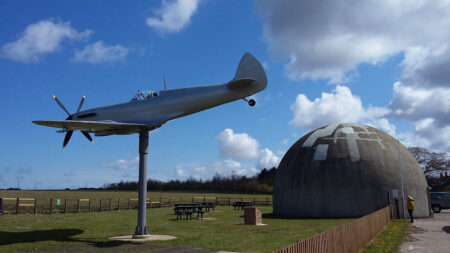The Prime Minister’s 30-year-old plane is so prone to break downs, he has to bring a spare.
The United States has Air Force One, a plane that can refuel in mid-air and act as a presidential command centre. New Zealand has Betty, an ageing Boeing 757.
On Monday Kiwi officials acknowledged Betty was so prone to breakdowns that they had sent an empty backup plane to ensure Prime Minister Chris Hipkins didn’t get stranded in China, where he is leading a trade delegation.
Why does New Zealand’s Prime Minister need a back up plane?
Officials were quick to point out they had sent the plane’s twin only as far as Manila, about 80 per cent of the distance from Wellington to Beijing.
Back in New Zealand, acting Prime Minister Carmel Sepuloni was left to explain.
“If we didn’t have a backup plan and something did happen, […] then not only would they be stranded in China, but the cost that that would incur – in terms of accommodation and trying to, at the last minute, organise some kind of plan to get them back – would outweigh having a backup aircraft waiting somewhere just in case,” she said.
The twin Royal New Zealand Air Force planes that transport the prime minister are about 30 years old and are due to be replaced by 2030.
Over the years, they have regularly broken down.
In 2016, then Prime Minister John Key was on his way to India with a delegation when they got stuck in Australia until a backup plane was sent from New Zealand. Key was forced to cancel the Mumbai leg of his trip, a situation he described as “suboptimal.”
Sepuloni said she didn’t think the plane, which is sometimes affectionately called Betty, posed a physical danger to Hipkins and the 80 people travelling with him.
“My understanding is there hasn’t been any event mid-air, or whilst in transit, that should cause any concern,” she said.
What about the environmental impact?
Political rivals were quick to jump on the situation.
“This government declared a climate emergency and says we need to deal seriously with China,” said David Seymour, leader of the opposition ACT party.
“This one gesture has made a joke of both the government’s climate emergency and its will to be taken seriously by a country that has an expanding blue-water navy in our backyard.”
Emissions from flying usually work out around 1/4 tonne CO2 equivalent per passenger per hour flying. Though this is much higher in private jets.
Flying from Auckland to Beijing is a 14 hour flight and a flight to Manila is only a fraction shorter.
By flying both planes, they’ve effectively doubled the emissions for an already highly polluting way to travel.
Sepuloni acknowledged the situation wasn’t OK.
“We recognize, yes, our kit needs to be updated,” Sepuloni said.
“And so there’s a plan in place for doing that. We’re just not at the point where that’s happening right now.”




